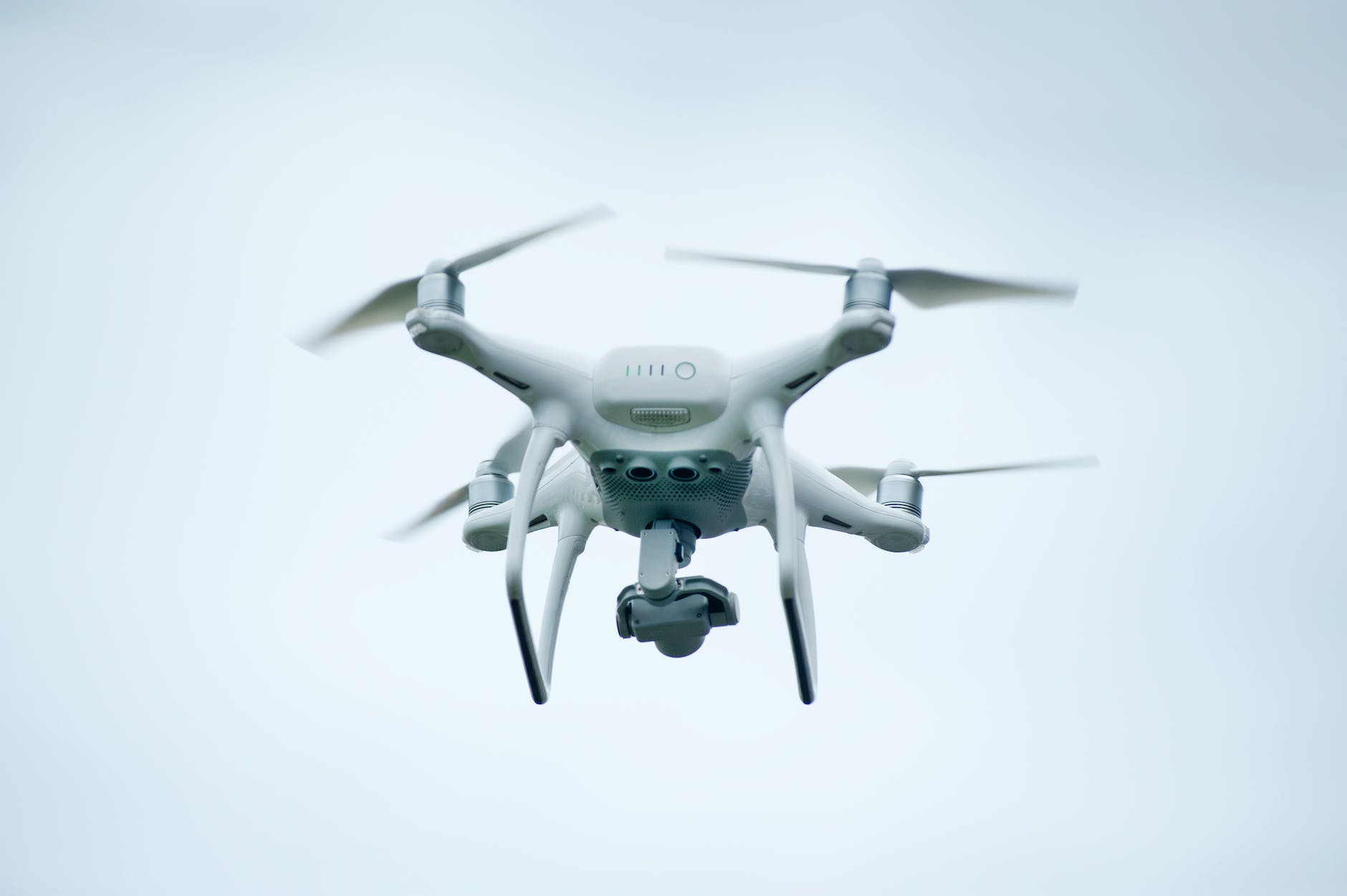Introduction
The retail industry is a dynamic and competitive landscape where success is often elusive. However, certain companies have managed to carve out a niche for themselves, demonstrating remarkable resilience and growth. This article delves into the unique strategies and business models of retail giants like Costco, Starbucks, Chick-fil-A, IKEA, Target, Home Depot, and Dollar General, offering valuable insights into their success.
Unique Business Models and Strategies
Chick-fil-A: Quality Over Quantity
Chick-fil-A’s success can be attributed to their unique approach of maintaining a small menu focused on high-quality chicken sandwiches. Instead of expanding their menu offerings to attract new customers like other fast-food chains, Chick-fil-A has chosen to excel in a specific area, and this focus on quality over quantity has paid off.
Starbucks: Introducing Italian Coffee Culture
Starbucks’s slow expansion in its early years changed when Howard Schultz took over and introduced Americans to Italian drinks. This strategy led to the global coffee giant we know today, demonstrating the power of cultural integration and innovation in product offerings.
IKEA: DIY Retail Strategy
IKEA’s unconventional retail strategy of asking customers to build their own products has contributed to their runaway success. This DIY approach not only reduces costs but also engages customers in a unique and interactive shopping experience.
Target: High-End Aesthetics with Discount Prices
Target’s strategy of combining high-end aesthetics with discount prices is a key factor in their success. This approach allows Target to attract a wide range of customers, offering them a premium shopping experience at affordable prices.
Home Depot: One-Stop Shop for DIY Customers
Home Depot’s success came from their vision of being a One-Stop shop for the DIY customer. By offering significantly bigger and cheaper options than competitors, Home Depot has positioned itself as the go-to destination for home improvement needs.
Customer Experience and Loyalty
Chick-fil-A: Reflecting Judeo-Christian Values
Chick-fil-A’s values are based on Judeo-Christian values, which are reflected in its day-to-day operations. These values, including being closed on Sundays and promoting humility and generosity, have helped Chick-fil-A build a strong and loyal customer base.
IKEA: Guiding Customers Through the Store
IKEA’s fixed path design is not just for customer experience, but also to increase sales by guiding customers through the store in a specific direction. This strategic store layout ensures that customers are exposed to a wide range of products, increasing the likelihood of additional purchases.
Crocs: Collaborations for Market Expansion
While other comfortable footwear brands didn’t take off during the pandemic, Crocs found success by collaborating heavily and putting themselves in front of people who might not have considered them before. These collaborations not only keep Crocs in the press but also help them break into new markets.
Sephora: Assisted Self-Service Model
Sephora’s success comes from its assisted self-service model, allowing customers to test products freely in-store. Additionally, its brand-agnostic sales representatives offer trustworthy advice, enhancing customer trust and loyalty.
Economic and Operational Success Factors
Costco: Membership-Based Business Model
Costco’s main goal is to offer exciting items at a better price to keep memberships growing. They make most of their money through membership dues rather than marking up prices on products. This membership-based business model has helped Costco build a loyal customer base and maintain steady revenue growth.
IKEA: Flat Packing Furniture
Ingvar Kamprad’s idea of flat packing furniture massively reduced shipping and transportation costs, making well-designed furniture accessible to the masses. This innovative approach has been a significant factor in IKEA’s global success.
Dollar General: Rural Expansion
Dollar General’s success in Rural America is due to their strategy of expanding rapidly and opening stores away from population centers. By keeping operating costs down through tactics such as leasing stores and paying low wages, Dollar General has managed to thrive in markets that other retailers often overlook.
Home Depot: The Economic Flywheel Effect
Home Depot’s economic flywheel effect is a key factor in their success. Customers who come to pick up online orders often end up shopping for more products in the store, boosting sales. This strategy demonstrates the power of integrating online and offline shopping experiences.
Conclusion
The success of retail giants like Costco, Starbucks, Chick-fil-A, IKEA, Target, Home Depot, and Dollar General can be attributed to their unique business models, customer-centric strategies, and innovative operational practices. These companies have demonstrated that with the right strategies and a deep understanding of customer needs, it is possible to thrive in the competitive retail landscape. Their success stories offer valuable lessons for other retailers and businesses aiming to achieve sustainable growth and success.



